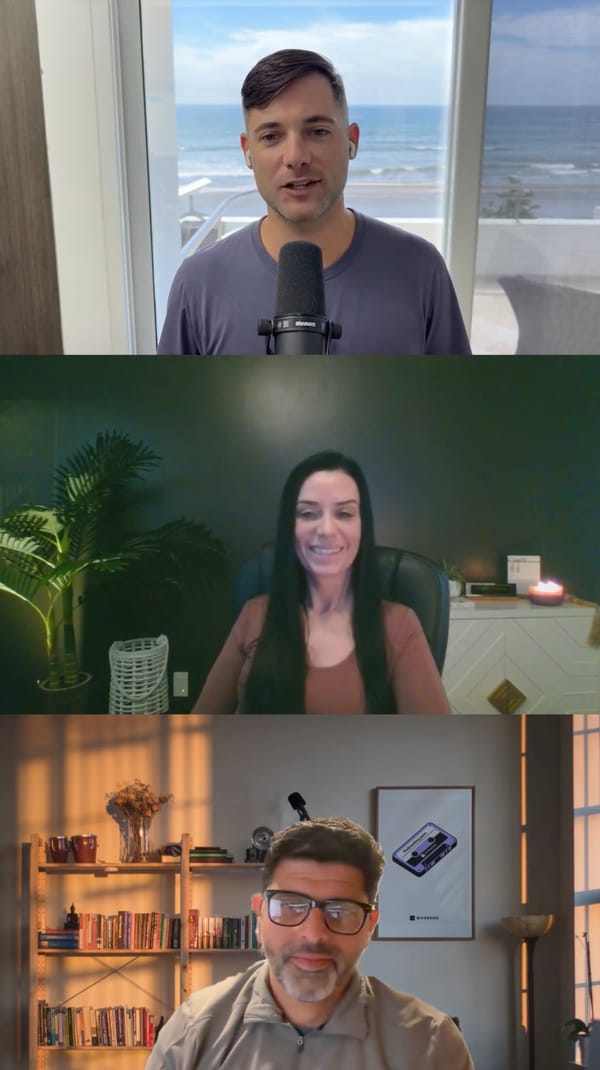Student Loan Forgiveness for Nurses 2025

Higher education comes at a high cost, and the path to obtaining a nursing degree is no different. Like many students, nurses often resort to taking out loans, trusting that their future salaries will be sufficient to repay them in a timely manner. Sadly, this debt can evolve into a major financial struggle for nurses, pushing them to take on supplemental jobs or work lengthy overtime hours.
The positive news is that a variety of programs are emerging, set to offer nursing student loan forgiveness in the coming years.
In this article, we will cover:
- Nurse Corps Loan Repayment Program - Public Service Loan Forgiveness Program - Federal Perkins loan cancellation and discharge - Military nursing student loan forgiveness - FAQs
State-specific nursing student loan forgiveness programs include:
- Alaska - Arizona - Florida - Illinois - Iowa - Louisiana - Michigan - Minnesota - Montana - Oregon - Pennsylvania - Rhode Island - Tennessee - Texas - Vermont - West Virginia
**Nurse Corps Loan Repayment Program**
This program, administered by the Health Resources and Services Administration, targets Registered Nurses, Advanced Practice Registered Nurses (e.g., nurse practitioners), and nurse faculty. To qualify, candidates must be an RN or APRN engaged in full-time work at either a critical shortage facility or a nursing school accredited by an authorized nursing agency. Critical shortage facilities refer to healthcare establishments located in or designated to serve a Health Professional Shortage Area.
To be eligible, applicants must possess a nursing degree from an accredited institution within the United States. The program covers 60% of unpaid nursing education expenses for at least two years of service. Subsequently, a third year may qualify you for an additional 25% of your outstanding debt. Be aware that these funds are taxable at both state and federal levels. Interested individuals can apply online for this nursing student loan forgiveness initiative.
**What defines a critical shortage facility?**
These facilities are situated in areas experiencing a notable lack of healthcare providers and can include:
- Native Hawaiian health centers - Indian health service centers - End-stage renal disease dialysis centers - Disproportionate share hospitals - Urgent care centers - Certified behavioral health clinics - Rural health clinics - Residential nursing homes - Free and charitable clinics
**Public Service Loan Forgiveness Program**
The Public Service Loan Forgiveness Program is the most widely used avenue for nursing student loan forgiveness. It provides forgiveness to nurses who have made 120 qualifying payments while working full-time for a government or non-profit organization.
If you hold multiple positions, you can combine your hours, but you will need employer verification to ensure eligibility.
To take part in the PSLF, switch to an income-driven repayment plan, which bases payments on your financial situation, potentially lowering your payments and enhancing your chances for debt forgiveness.
**How to apply for a PSLF program**
Once you make 120 qualifying monthly payments while working for the same employer, you’ll need to submit an application. Include your completed employer certification form and send it to the U.S. Department of Education.
**Federal Perkins Loan Cancellation and Discharge**
Nurses with federal Perkins loans who work full-time may qualify for a total loan discharge. While Perkins loans are no longer being issued, existing borrowers can still apply for cancellation.
Discharges can occur over a five-year period. To begin this process, submit an application to the institution or loan provider that issued your loan.
**Military Nursing Student Loan Forgiveness**
Nurses who have served in the military can access various loan forgiveness programs. Both the Navy and Air Force may provide up to $40,000 each year for nursing student loans. Eligibility criteria differ by program, and repayment awards are subject to taxation.
To learn more, reach out to the specific military branch for application details.
**State Nursing Student Loan Forgiveness**
Several states offer nursing student loan forgiveness programs, often contingent on service in areas of critical need.
Here are some noteworthy state programs available to nurses:
- **Alaska:** The SHARP program aids in recruiting healthcare providers for critical needs areas, offering up to $27,000 annually based on position. - **Arizona:** The Arizona Loan Repayment Program assists nurses in repaying their student loans in exchange for two years of service in federally designated shortage areas, providing up to $50,000.
- **Florida:** Full-time registered nurses in eligible facilities may receive up to $4,000 annually for up to four years to lessen their debt.
- **Illinois:** Nurses working in veterans' homes can qualify for up to $5,000 in loan forgiveness per year for four years, with residency and employment verification required.
- **Iowa:** The state offers up to $6,000 per year for five years to nurse educators and registered nurses working in eligible facilities.
- **Louisiana:** This state aims to recruit nurses to underserved areas, providing up to $20,000 annually for an initial three-year commitment, extendable for an additional two years at $15,000 per year.
- **Minnesota:** The Nurse Loan Forgiveness Program awards $6,000 annually for a two-year commitment, which may be extended for an additional two years for qualified nurses.
- **Montana:** Offers loan assistance to RNs working full-time at state facilities, contingent upon loans exceeding $1,000, and subject to funding.
- **Oregon:** Nurses commit either to two years of full-time or four years part-time in a health shortage area, potentially receiving $25,000 per year for full-time service.
- **Pennsylvania:** Certified Nurse Practitioners and Nurse Midwives in federally designated shortage areas can receive up to $48,000 for full-time work, and $24,000 for part-time service with a minimum commitment of two years.
- **Rhode Island:** Eligible nurses can join the Professional Loan Repayment Program requiring a two-year commitment in shortage areas.
- **Tennessee:** The State Loan Repayment Program incentivizes a two-year commitment in primary care practices located in designated Health Professional Shortage Areas (HPSAs).
- **Texas:** Recent graduates can apply for the Rural Communities Health Care Investment Program, which offers up to $10,000 after one year of service in a rural community.
- **Vermont:** This state has an educational loan repayment program offering a maximum of $6,000 for 12 months worked in under-resourced areas.
- **West Virginia:** Assists nurses working in rural areas for a minimum of two years with loan repayment up to $40,000, extendable for an additional $25,000.







